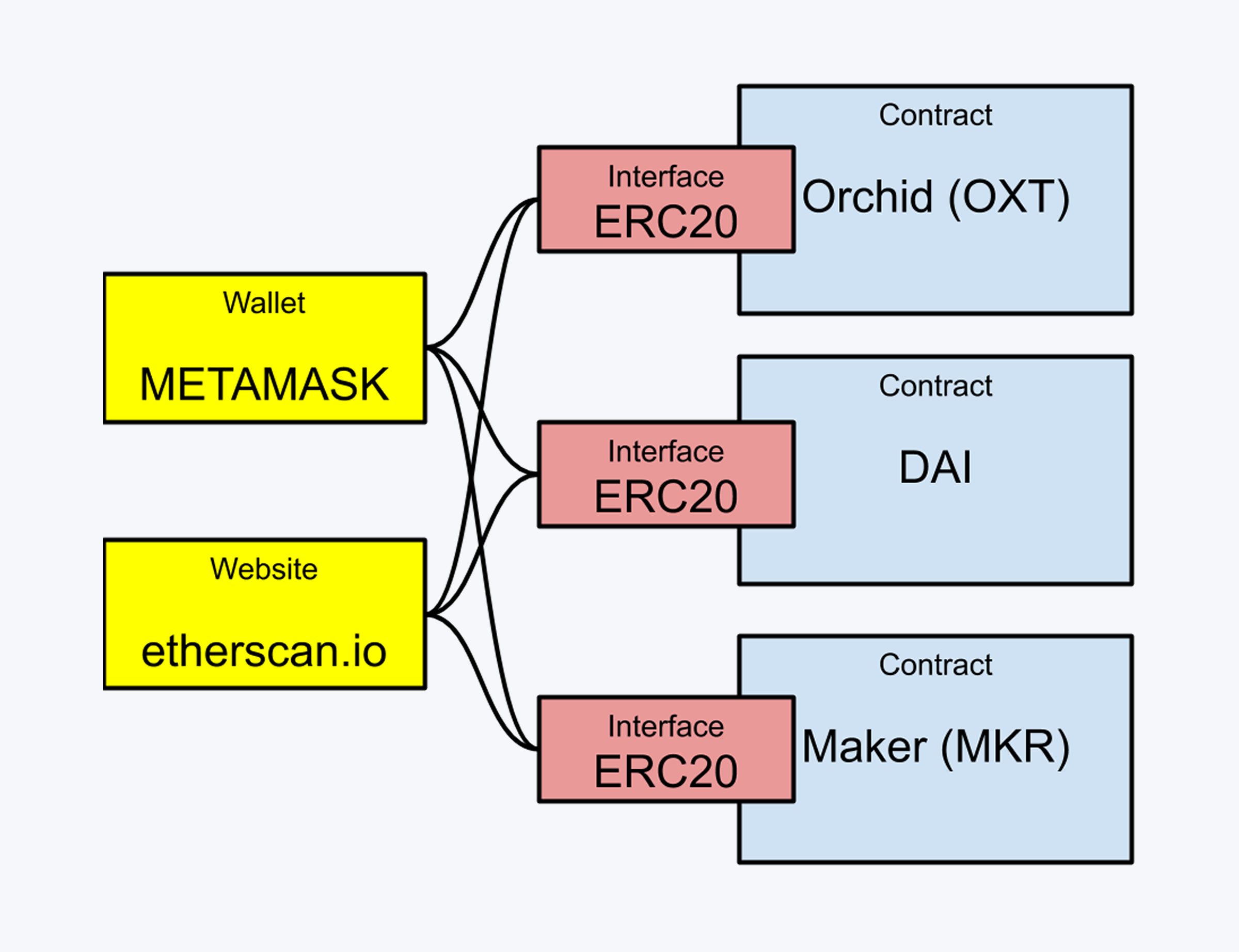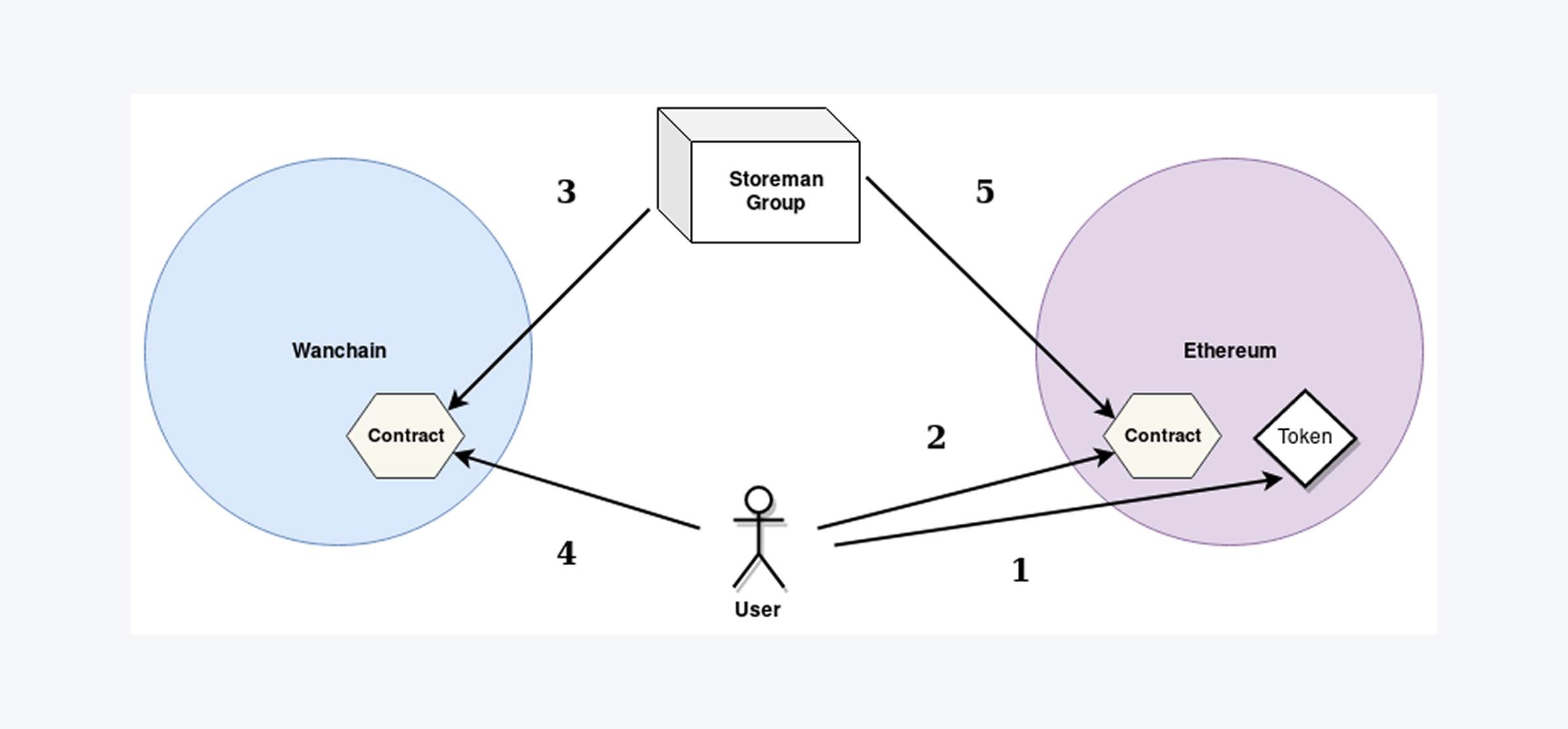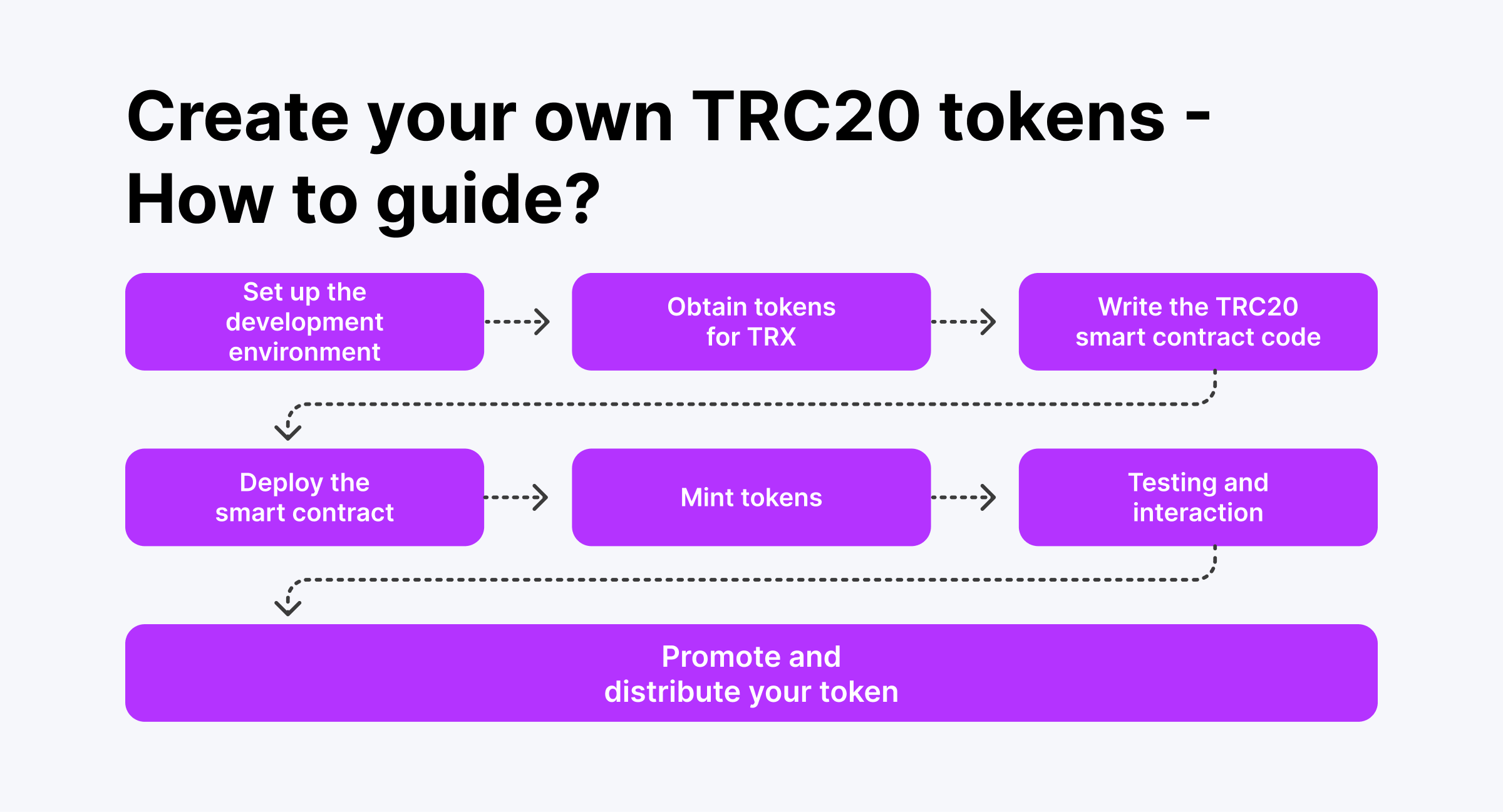ERC20 vs TRC20: Which Token Standard Wins? Find Out Now! ⚡💥
So you’ve tried sending USDT and got caught in the great debate of ERC20 vs TRC20? Yep, you’re not alone. At first, they look similar—like two siblings fighting over who gets to be the favorite. But dig a little deeper, and you’ll see they’re basically playing different sports with the same ball—yep, cryptocurrencies. One’s all about slow, expensive ballet, and the other’s sprinting in flip-flops. 🩰 vs 🏃♂️
Let’s break down which one actually fits your crypto dreams—whether you’re casually sending money or trying to flex on DeFi haters. 🎯
Key Takeaways (Because Who Has Time?)
- TRC20: Think fast, spend less. Perfect for quick payments and tiny transfers—like sending a dollar to your friend before they ghost you.
- ERC20: The grown-up standard. Ideal for DeFi, NFTs, and smart contracts that require a brain. It’s like the Swiss Army knife of tokens—versatile but potentially costly.
- Cost? TRC20 usually costs less — like, a lot less — so your wallet can breathe a sigh of relief.
What is ERC20?
ERC20 is the OG of token rules on Ethereum’s playground. Think of it as the instructions manual for building tokens that can high-five each other smoothly across wallets, dApps, and markets. Introduced in 2015 by mastermind Fabian Vogelsteller, it’s basically the VIP pass for most crypto tokens. 🚀

It’s like a recipe everyone agrees on, making sure tokens behave and don’t throw a tantrum. These rules cover transferring, sharing info, and spending — all on the solid foundation of Ethereum’s blockchain. And thanks to smart contracts, ERC20 tokens do their thing automatically, without needing a middleman—like your ex’s ghosting skills but for code. 👻
But beware! The Ethereum gas fees can be as high as your rent. When the network is busy, sending ERC20 can cost a small fortune, turning a simple transfer into a luxury purchase. Still, Ethereum is the big dog in town—secure, popular, and full of devs. 🐕

Fast Fact (Because Who Doesn’t Love Numbers?)
TRC20-USDT does more transactions daily than ERC20-USDT, mainly because it’s cheaper and faster—like the tortoise and hare, but the hare is winning.
What is TRC20?
TRC20 is TRON’s cool kid on the block—like Ethereum’s younger sibling who’s into speed and saving money. Launched in 2018, it’s all about making tokens zing through the network at lightning speed and costing nearly nothing—seriously, fractions of a cent. 🔥

Built with high-volume activity in mind, TRON uses a fancy Delegated Proof-of-Stake system that confirms your transaction faster than you can say “blockchain.” It’s like the express lane for crypto—ideal for sending money quickly, avoiding those annoying gas fees that make your eyes water. 💧
Full disclosure: TRON aims to be compatible with Ethereum’s ERC20, but it’s got its own vibe—kind of like how sushi and sashimi are both fish but taste different. Despite some criticism about being a tad centralized (hello, 27 Super Representatives), TRC20 is thriving in fast, inexpensive transactions—perfect for the on-the-go crypto crowd.
ERC20 vs TRC20: The Ultimate Showdown
Blockchain Network
ERC20 lives on Ethereum—launched in 2015, the origin story. It’s the big, reliable, and slightly pretentious platform where all the cool DeFi kids hang out. It powers giants like Uniswap, Aave, and all those NFT marketplaces you pretend to understand.
TRC20 runs on TRON, born in 2017, built for speed and efficiency. Think of it as the motorcycle of blockchains—fast and low-cost, especially popular in Asia and Latin America for sending stablecoins without breaking the bank.
Transaction Speed
Ethereum can get a little sluggish—transactions typically take 15-60 seconds, but during a hype nft drop? Might as well wait for your grass to grow. But don’t worry—Ethereum is working on upgrades to fix this. 🤞
TRON? Basically a speed demon. Confirmations in 1-3 seconds. Perfect for those who hate waiting—like waiting for your pizza delivery, but faster and cheaper. 🍕
Fees
Ethereum gas? You might pay $5 to $100, depending on how busy the network is. Yep, that’s the price of doing simple stuff during peak times—like buying a coffee but for crypto. ☕️
TRON’s fees? Almost zero. Like, less than a penny. You can send thousands of USDT without breaking the bank, making it the go-to choice for microtransactions and frequent transfers. 💸
Wallet & Exchange Support
ERC20? Supported everywhere—MetaMask, Coinbase, Binance, you name it. If it’s crypto, it probably loves ERC20. ❤️
TRC20? Pretty widely supported—Binance, TronLink, and others—but some fancy Ethereum-only wallets might turn up their nose. Always check before you send—your tokens depend on it! 🧐
Smart Contract Power
Ethereum is the smart contract king. It’s like the Harvard of blockchains—studied, respected, and full of ideas. ERC20 tokens play nicely with complex dApps, NFTs, and DeFi projects. 🎓
TRON? Does smart contracts too, but simpler. Great for straightforward payments and games, but doesn’t have the same massive ecosystem. It’s like the fast-food version—quick, easy, but less fancy. 🍔
Decentralization & Governance
Ethereum boasts thousands of nodes—truly decentralized, like a hive of bees working together. 🐝
TRON? More centralized—27 Super Representatives decide things. Faster but less resistant to censorship. Your call.
Real-World Uses
ERC20 is the standard for complex apps, governance tokens, and big DeFi projects—think of it as the Swiss Army knife of the crypto world.
TRC20 is the utility worker—ideal for payments, fast transfers, and low-cost transactions. Perfect for cross-border remittances and everyday spending.
Where Do They Shine?
ERC20 — For the Fancy DeFi & DApps Crowd
If you’re into decentralized finance, NFTs, or building complicated smart contracts, ERC20 is your best friend. It’s the backbone of projects like Uniswap and Aave. Plus, it’s great for big transfers—think of it as the luxury sedan of tokens. 🚗
TRC20 — For Payments & Microtransactions
If all you want is quick, cheap transactions—sending USDT to your grandma in another country, for example—TRC20’s your guy. It’s the economy class ticket that gets you where you need to go without draining your coffee fund. ☕️
Which One Wins? The Final Verdict
It’s like choosing between a Tesla and a scooter—depends on what you need. 🚗🛴
- If you want to save your money and get transactions done fast, TRC20 is the clear champion. Perfect for everyday stuff.
- If you’re into high-stakes DeFi, NFTs, or building cool dApps,/ERC20 has the pedigree—yes, high fees included. 🏆
In the end, both will probably live happily ever after, each serving different masters. Because in the wild world of crypto, one size definitely doesn’t fit all. 🦄
FAQs (Because Who Doesn’t Love FAQs?)
TRC20 vs ERC20—Best for sending USDT? TRC20, hands down. Faster, cheaper, happier wallet.
Are TRC20 transactions safe? Mostly. They’re quick and secure, but TRON’s slightly less decentralized than Ethereum—think family dinner vs. corporate boardroom.
Why are ERC20 fees so high? Demand, honey. When everyone’s trying to buy the latest NFT, fees skyrocket.
Can I convert ERC20 to TRC20? Yep. Use exchanges or bridges—like the crypto Uber for tokens.
Biggest fee difference? TRC20 usually costs less than a cent; ERC20 can be more than $100 if you’re unlucky. Yikes! 👀
Read More
- Who Is Harley Wallace? The Heartbreaking Truth Behind Bring Her Back’s Dedication
- 50 Ankle Break & Score Sound ID Codes for Basketball Zero
- Lost Sword Tier List & Reroll Guide [RELEASE]
- 50 Goal Sound ID Codes for Blue Lock Rivals
- Basketball Zero Boombox & Music ID Codes – Roblox
- 100 Most-Watched TV Series of 2024-25 Across Streaming, Broadcast and Cable: ‘Squid Game’ Leads This Season’s Rankers
- KPop Demon Hunters: Real Ages Revealed?!
- Umamusume: Pretty Derby Support Card Tier List [Release]
- The best Easter eggs in Jurassic World Rebirth, including callbacks to Jurassic Park
- Come and See
2025-06-03 08:03